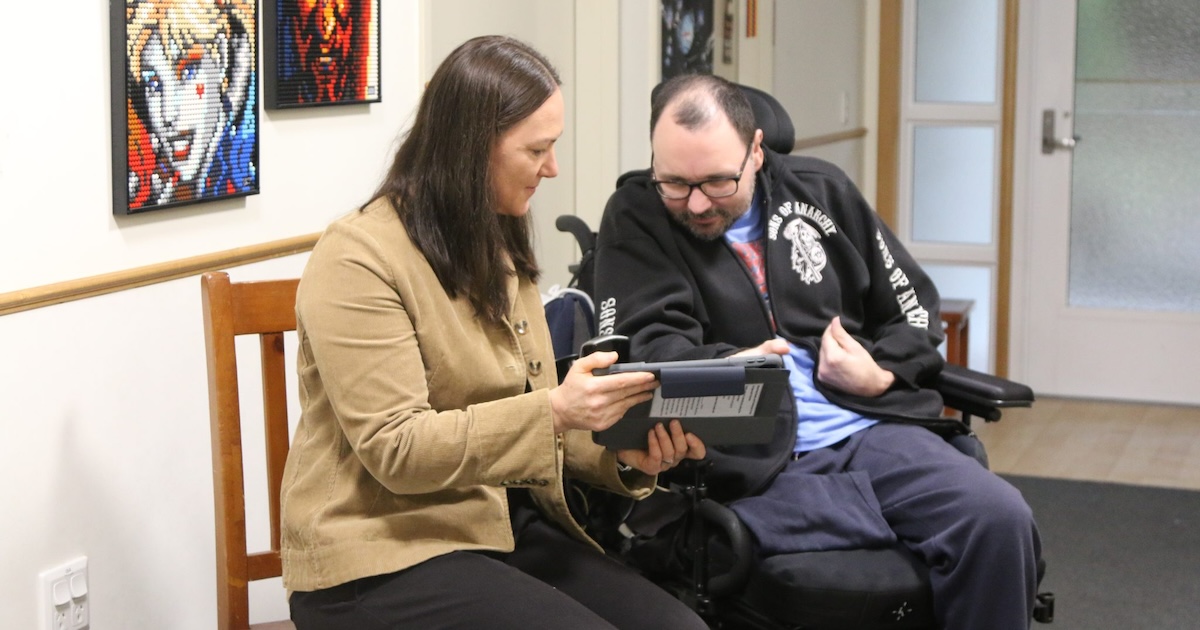Digital technology has the potential to bring doctors and patients together online through teleconsultations and shared electronic health records, according to a Melbourne Institute of Health report.
The report examined the trends likely to influence the future of the medical practitioner workforce, which included the challenges and opportunities ongoing digitalization of the healthcare industry would present.
The study also noted Australia currently has Medicare items funding specialist video consultations for patients outside of major cities, where distance may prohibit face-to-face consultations or where the patient and specialist are at least 15 kilometers apart.
In addition, online consultations are already available from some private providers in Australia, but GP–patient online consultations do not attract Medicare rebates.
The report pointed out that uptake of these Medicare items has been relatively low, and barriers to uptake are complex.
“There is large potential for telemedicine to solve rural access issues, with systematic reviews suggesting it is as effective as face- to-face care, however, evidence on the cost-effectiveness of this practice remains weak,” the report noted.
There is also concern from funders and GPs that online consultations with patients may be of lower quality in some cases, such as where physical examination could help diagnosis, and that private providers would increase competition for existing GP practices.
The existence of new online providers is also bringing up new legal and ethical issues, with evidence from the United Kingdom showing that the vast majority of private providers do not meet regulatory standards related to quality.
“Technological change and access to better information could help create value through disruption, proactive adoption and use,” the report explained. “However, careful evaluation is needed to ensure the benefits of technology are real and delivered to those most in need of healthcare. It is important that such services are properly evaluated before adoption.”
The report also predicted the evolution of the medical workforce would also be influenced by continued improvements in technology, information and data, with the uptake of digital technology by doctors likely to increase since the junior doctors of today have grown up using and interacting with it.
According to the study, digital health records, such as MyHealth Record, have the potential to take a step in reducing waste and efficiency in healthcare.
In February, the Australian Digital Health Agency announced that nine out of 10 Australians now have a My Health Record digital account, following the conclusion of the opt-out period.
A My Health Record provides users with the ability to view their health information securely online, from anywhere, at any time, even if they move or travel interstate.
The platform also allows healthcare providers involved in the user’s care to view the person’s health records, and health professionals can upload, view and share documents, diagnose and provide treatment.
